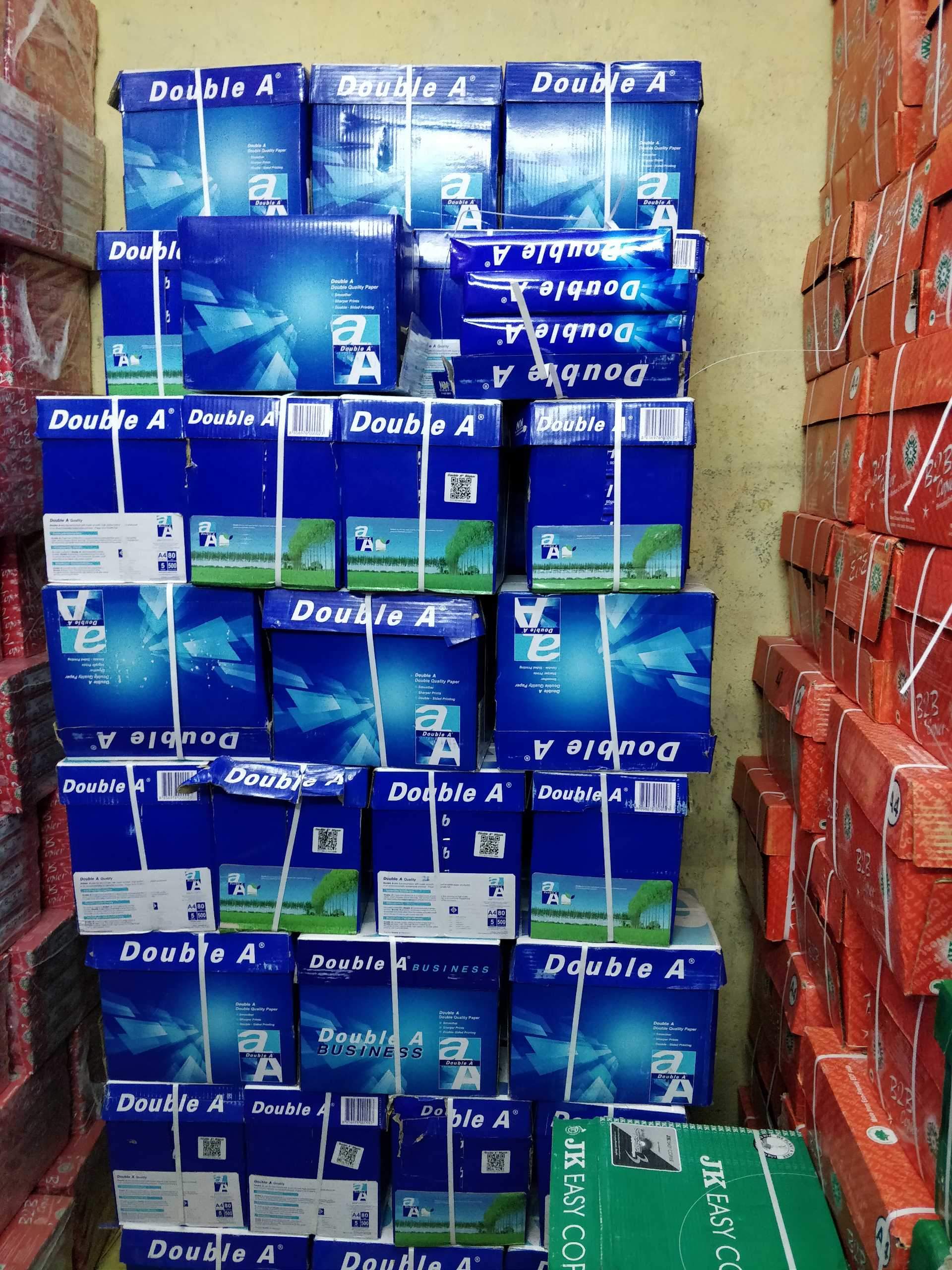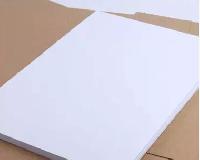
It is the reason why counterfeiting is increasing day by day. Printout and photocopying technologies have improved in recent years. Method for detecting photocopied and printed documents:. Firstly they focus on source identification and their aim to identify the brand and the model of the device by which the document printed as of the unique property of each machine to identify all these. Forensic experts examine the documents quickly by various techniques. Japanese company Epson invented the first-ever electronic printer that was EP-101 which released in 1968.įorensic analysis can do of printed documents for checking if there some alteration with the original document or not. Various types of printers used in the present these are inkjet printers, laser printers, LED printers, Dot-matrix printers, thermal printers, etc. The printing process is complicated in which to printing substrate ink applied to transfer the information using Image-Carrying Media, for example:- a printing plate. Ĭoloured or black and white(monochrome) photocopy documents can be examined or analyzed in document examination laboratories by various instruments like EDD(electrostatic detection devices), measuring tools, microscopes, IR imaging systems. In present techniques used are Photostat, thermo graphics, digital imaging systems. The system used for photocopy is indirect electrostatic, also known as Plain-Paper system for black and white photocopy and electrostatic and inkjet technologies for coloured photocopy. A photocopy can be black and white, and it can be coloured. Now a day’s photocopy document is used everywhere because it is a fast, inexpensive way to reproduce a copy of some original document. Therefore, forgeries cases are increasing day by day, but question document examiners can detect these differences by various technologies like optical scanning (for counting microdots), through microscopes, IR, etc. There occur some difficulties to distinguish between these two because it seems the same when we see it, there are some minor differences which are nearly impossible to detect with the human eye. photocopied documents and printed out documents.

We will talk here about two major types of questions document which is difficult to differentiate with each other, i.e. The questioned documents can be of various types like – Printed photocopies, ink, pencil, etc. Internet access sold separately.The questioned document can be any typewriting, handwriting, signature, symbol, mark whose authenticity is in doubt.
#Photocopy paper license
Sylvamo Corporation trademark license codes FSC®-C168336.

#Photocopy paper code
HP trademark license code FSC®-C017543, see fsc.org. HP’s policy is to use fiber from responsibly managed forests, and HP has a preference for offering Forest Steward Council® (FSC®)-certified papers.Requires printing through HP Smart app from a mobile phone. Automatic two-sided 4 x 6-in (10 x 15 cm) printing from the photo tray is exclusive for the HP ENVY Inspire series.

5 x 5-in (12.7 x 12.7 cm) printing from the photo tray is exclusive for the HP ENVY Inspire series.List of supported operating systems available in app stores.
#Photocopy paper full
HP account required for full functionality. See details at Internet access required and must be purchased separately. Subscription may be required subscription may not be available in all countries. For details on local printing requirements see Certain features/software are available in English language only, and differ between desktop and mobile applications.


 0 kommentar(er)
0 kommentar(er)
